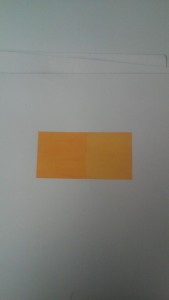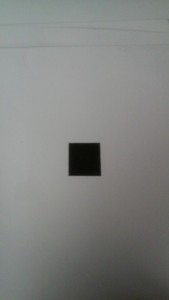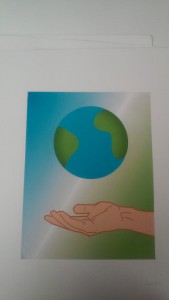Entry 1:
a) At my internship we didn’t handle sourcing images due to the fact that we was taking our own images. What I learned about from my internship was lighting, posing, and more about the camera. However, if someone were to use our images for a project of their own they will have to give credit to whoever took the photo. Basically like how you would do for any other image. Crediting an image is important as it keeps you away from legal trouble.
According to AIGA Business Ethics – AIGA Business Ethics – use of photography “A typical photo credit would appear as: Photograph by Sarah Photographer. If the photographer is to receive a copyright notice. The photo credit and copyright notice would ideally be placed adjacent to the image, whether horizontal or vertical but can also be placed elsewhere as long as the reader will be able to relate to them to the image.” However, a question people will still ask is “How do you get copyright for a photo you took?” Well when you take a photo you already have copyright to the photo. According to www.legalzoom.com “You don’t have to register your copyright with the U.S. Copyright Office to receive copyright protection, but registration has several important advantages: 1) Registration creates a record of your copyright ownership. 2) You must register your copyright before you can file a lawsuit for copyright infringement. 3) If you register your copyright within three months of publication of your photo or before a copyright infringement occurs, you can recover additional monetary damages and attorneys fees in a copyright infringement lawsuit. These damages called statutory damages, allow you to recover money without having to prove the amount of your financial loss or the amount of profit an infringer earned.”
b) At my internship I was not asked to sign a confidentiality or non-disclosure agreement. Nothing we did was really confidential that required me to sign a confidential agreement. All the photo shoots were taken by my supervisor, I just helped out with production and I modeled.
Even though I said that at my internship I didn’t do nothing that was really confidential minesf.com said “Treat all information as confidential.” Also according to minesf.com “Whether or not you sign an explicit NDA (non-disclosure agreement) hold all information in strict confidence. This means resisting to talk about that cool project you’re working on with friends, posting comps on dribble, or sharing horror stories with other designers.”
Links:
AIGA Business_Ethics 47556770-Use-of-photography-1-MB.pdf
https://www.legalzoom.com/articles/how-to-copyright-a-photograph-or-image
Entry 2:
a) I have used another’s creative work (images from Google) before. I can’t recall how I credited them but I don’t use Google images frequently anymore. The websites I use now is unsplash.com, pixabay.com and pexels.com as these websites provide images that are free to use. Since they’re free to use I don’t really give photo credit. I know that I should give photo credit even though I can use them for my work without any problems. It’s just bad habit I have to work on.
Free photos should still be given credit too. According to smallbusiness.chron.com the way to copyright an image is ”
1.
Immediately beneath the chart, photograph or artwork, enter the name of the creator — principal author — of the image. Principal authors may be individuals or organizations. Ask the author if you should use a pseudonym.
2.
Next to the principal author’s name, provide the title of the graphic. Include the copyright symbol if the symbol appears with the image you copied.
3.
Enter the website URL, if relevant. Write the entire web address. In digital works, enter it as a link.”
Also according to www.lifewire.com “Publications typically have a standard format for the wording or placement of bylines and photo credits specified in their style guide. Photographers and copyright holders often require specific wording or offer suggested phrasing to accompany photographs or illustrations they supply. In the case of web use, linking to the photographer’s site or another source may be required or suggested.”
b) I feel like he did deserve some type of punishment due to the fact that he did steal work from another creative.






